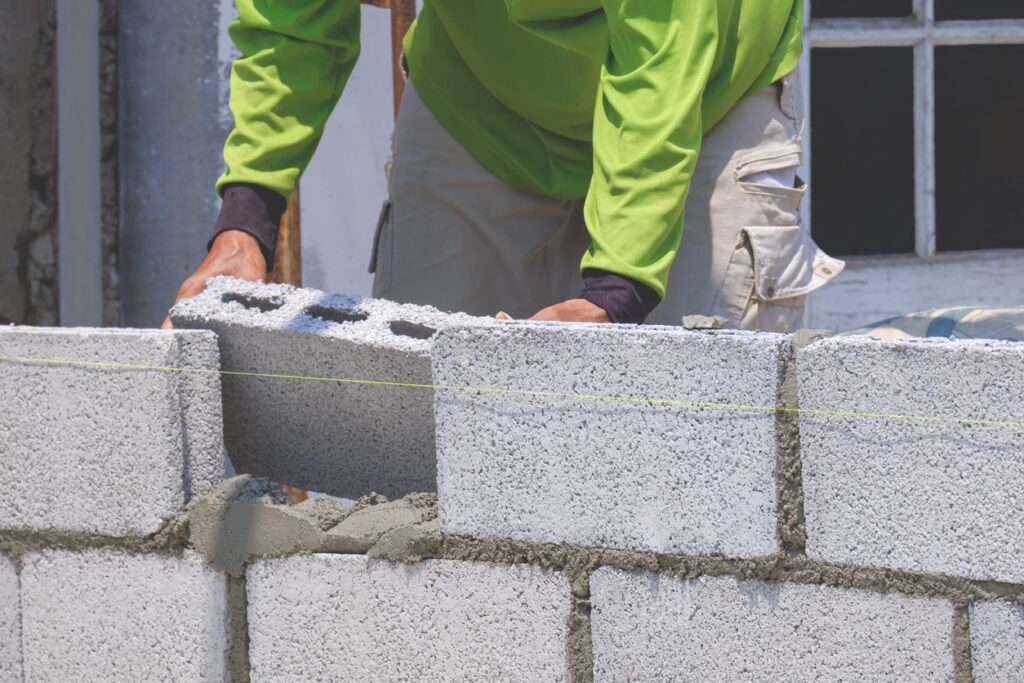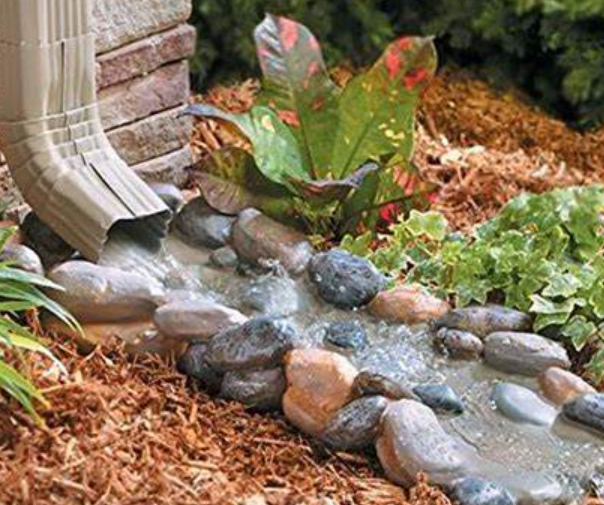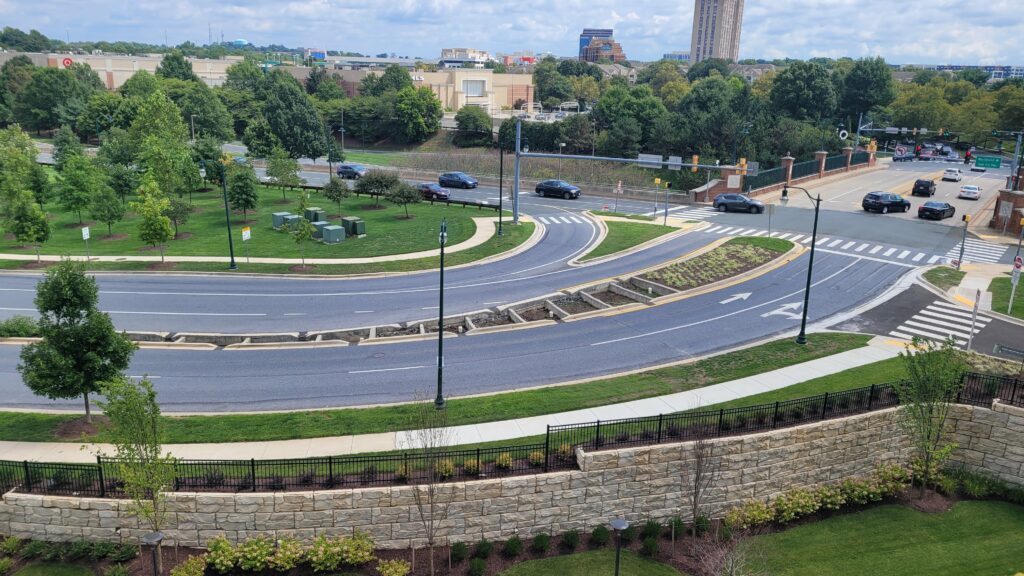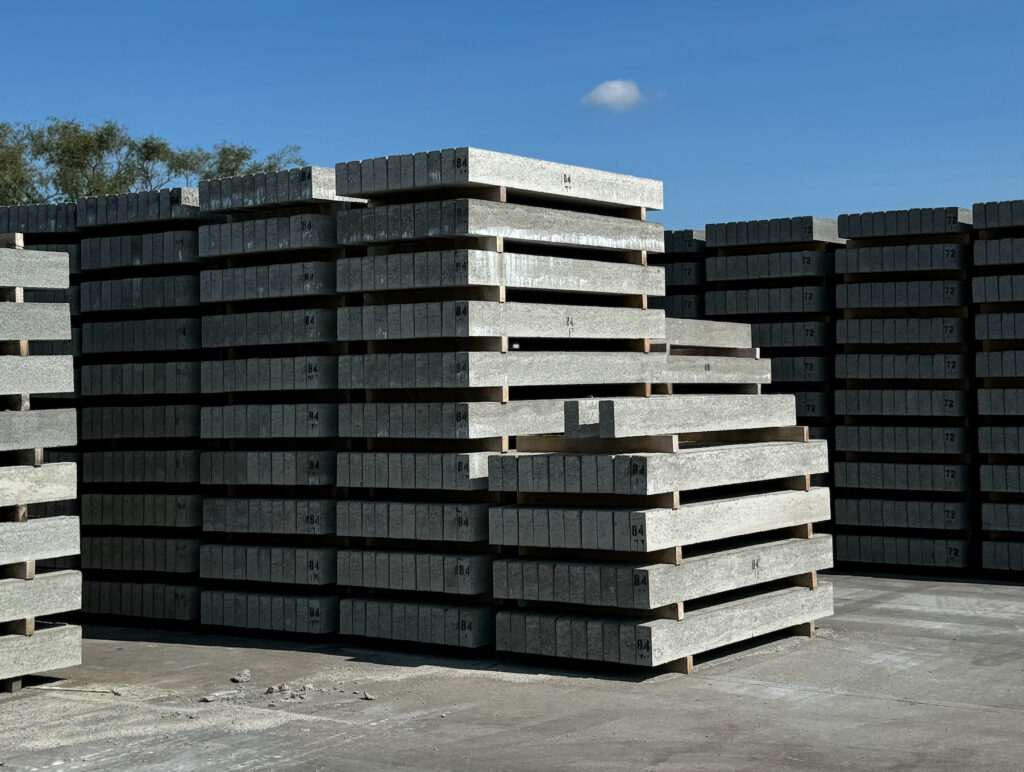Cold Weather Concreting
While it gets cold in the winter, that doesn’t mean you have to stop concrete form work. Taking the right precautions can mean you can work year-round.
Why Cold is a Challenge
As with anything that contains water, ice can form at cold temperatures. Finished concrete can certainly withstand these cold temperatures. However, fresh concrete has lots of free moisture can lead to problems in cold weather if not properly addressed.
Fresh concrete contains three components: cement, aggregate, and water. It’s the last component that is most challenged by cold weather [when the average daily temperature falls below 40°F [4°C] for more than three successive days].
At or below 40°F water begins to crystallize into ice. It is the formation of these ice crystals that disrupts the normal curing processes, which can reduce final concrete strength by >50%. These conditions remain extremely problematic until the minimum compressive strength of 500 psi is attained. Most concrete takes about 2 days curing at 50°F to reach this strength.
Cold weather also slows down the cement hydration reaction. Special attention should be paid to the slower rate of setting and strength gain, particularly in scheduling finishing operations and form removal. A good rule of thumb is that a drop in concrete temperature by 20°F [10°C] will approximately double the setting time.
Furthermore concrete should not be exposed to freeze/thaw cycles until it has attained a minimum compressive strength of 3500 psi. Concrete that encounters these conditions either during construction or use should always be air-entrained to better account for these more severe conditions.
Ways to Address
There are several ways to address these common challenges, to make sure your concrete measures up even in the cold.
- Heat- directly offset the cold air temperatures by using job site heating units, hot water in the mix
- Cover- insulating blankets help to retain heat and moisture. They also limit evaporation due to wind and other environmental conditions. (learn more about evaporation)
- Enclose- work similar to direct covering. Be certain to not also enclose a combustion heater without proper venting, as this will produce carbon monoxide as well as lead to surface carbonation.
- Admixtures- use of accelerating admixtures (Type C and E) can help offset the delayed setting time that occurs due to colder to temperature. Some accelerators contain chloride, which can accelerate corrosion of any embedded rebar and impact coloring.
- Mix modification
- Early Strength- Type III (high-early strength) cement
- Use Less Moisture- reduce slump, entrain air, or use water reducing admixtures (Type E)
- Make Concrete Cure Quicker: reduced SCM (supplementary cementitious material) content
- Make Concrete Cure Hotter: more cement
- Thicker pours retain heat better, and generate more heat during the curing process
Need concrete blankets? Does your supplier shrink from the challenge of cold? Let Bay Ready Mix and Parker Block put you on good footing.

Ready Mix Sales ManagerDavid Welch
Latest News

How Long Does Type S Mortar Take To Cure?
Like all mortars, Type S mortar requires careful attention during the curing process to reach its full strength. This isn’t […]

Decorative Downspout Splash Block Ideas For A Stylish Exterior
Creating a stylish exterior involves paying attention to the smallest details, and downspout splash blocks can make a surprising difference. […]

A Stormwater Compromise to Nowhere
I went to visit my grandmother at her new apartment and drove past an atrocity of a stormwater/transportation compromise. It […]

Choosing The Right Size: Your Essential Concrete Lintel Size Guide
Choosing the right size for a concrete lintel is a critical decision that can significantly impact the structural integrity of […]
